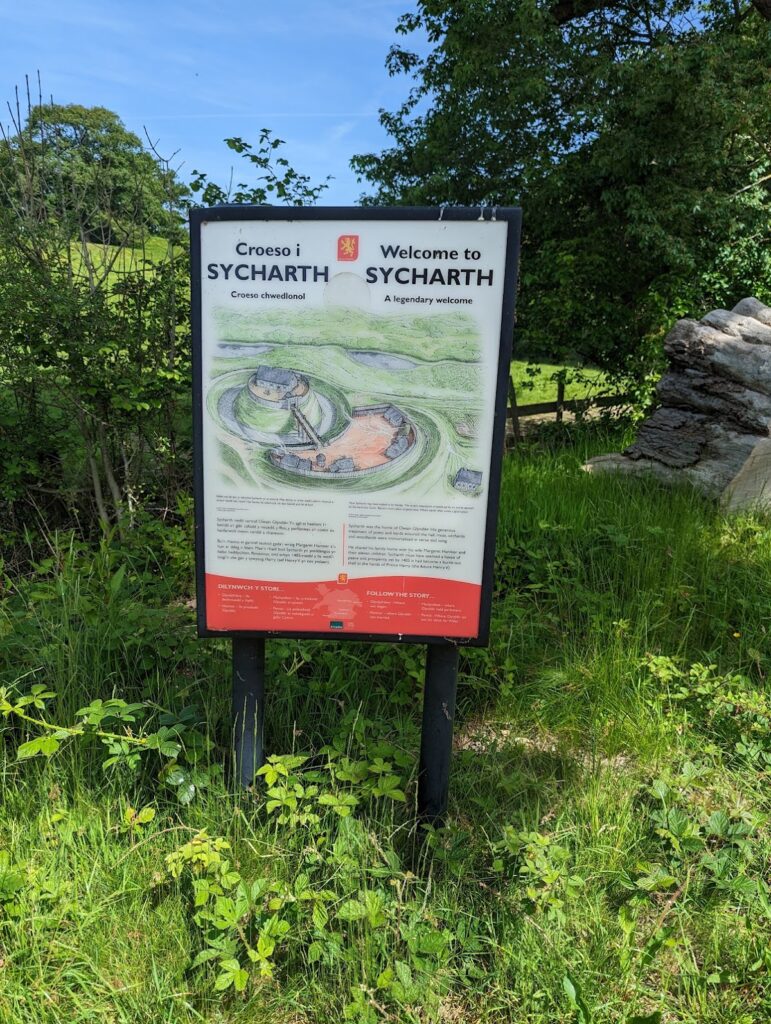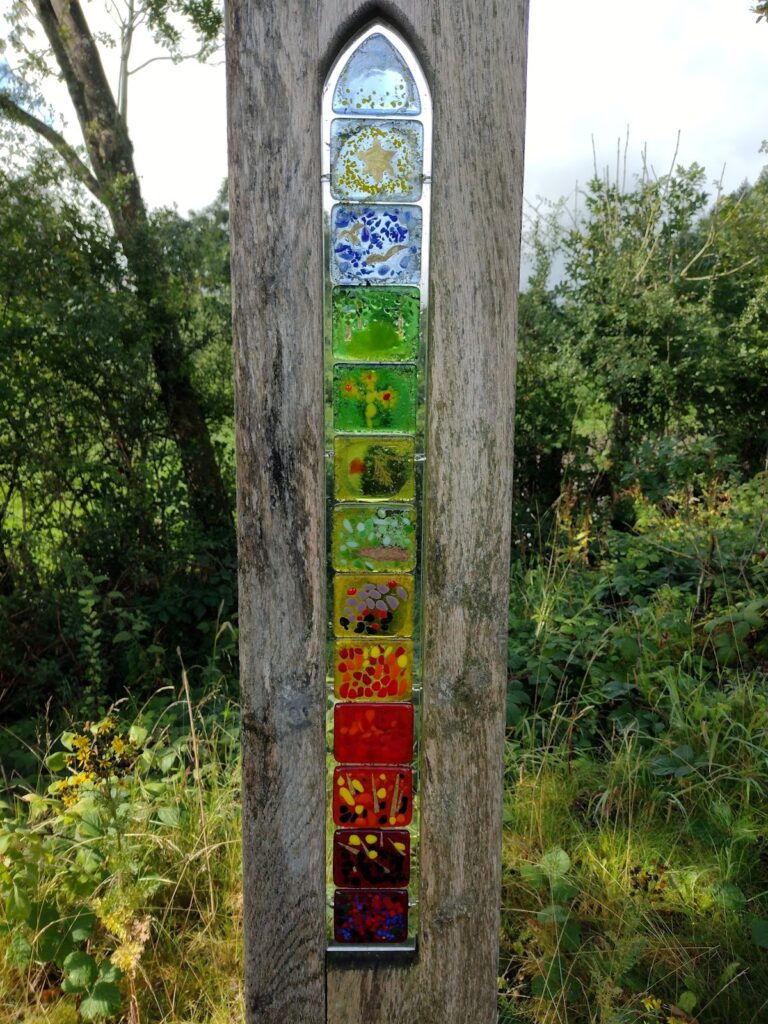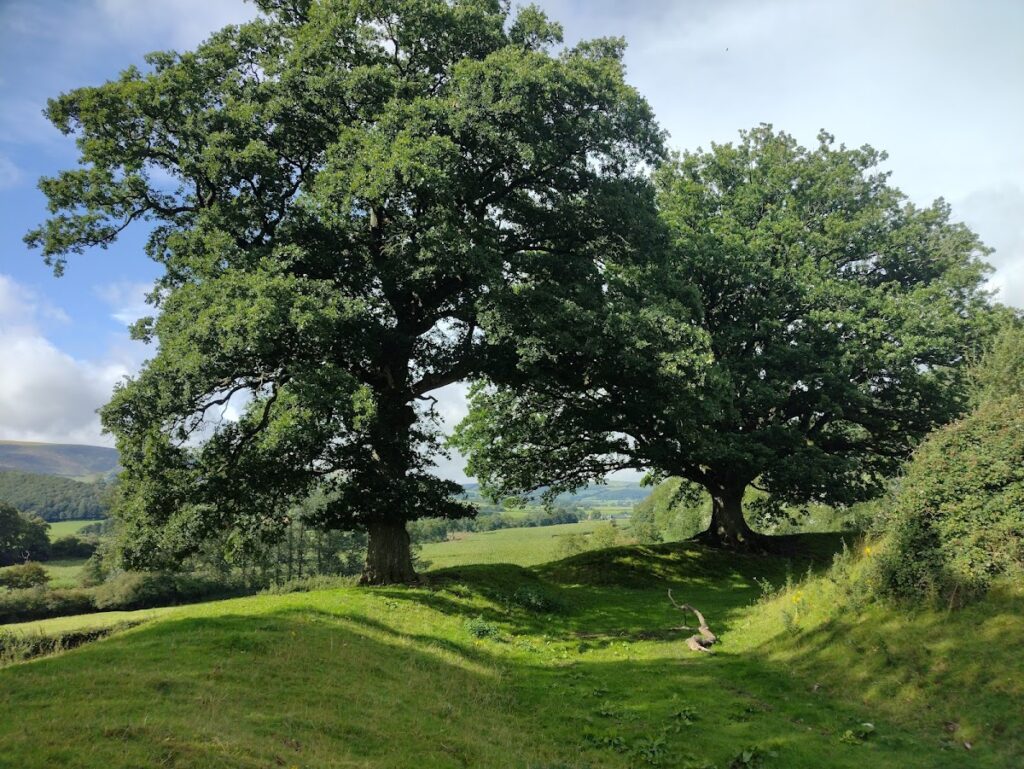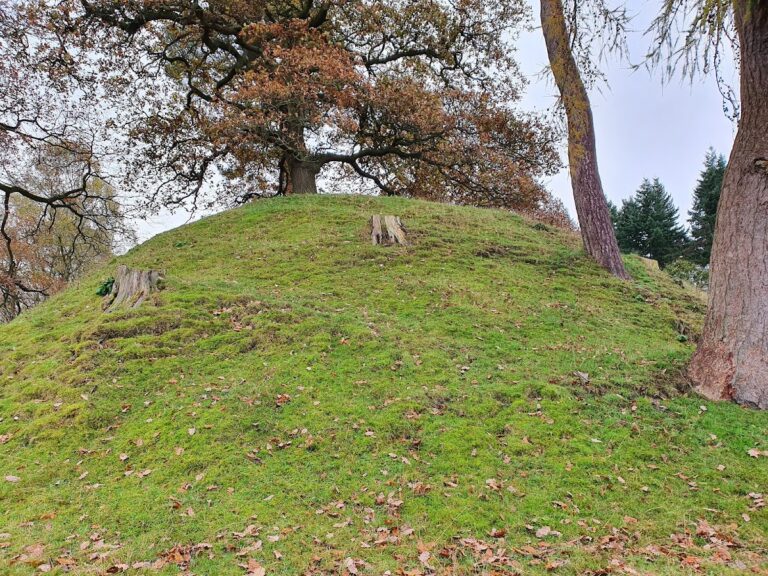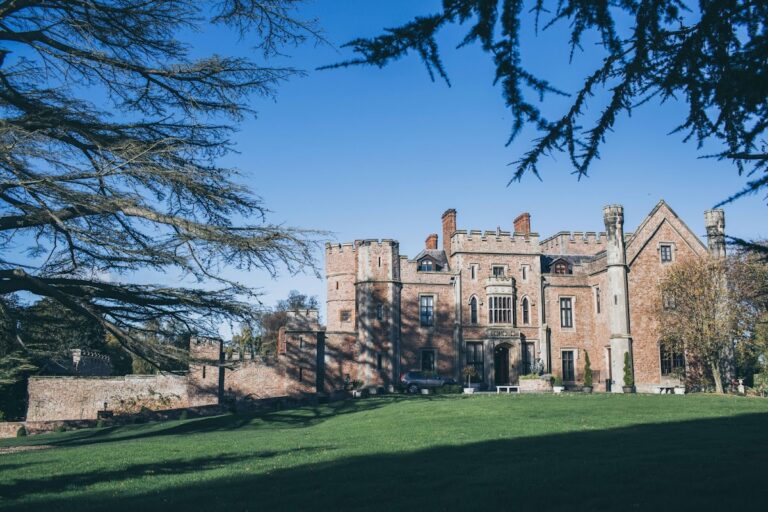Sycharth Castle: A Norman Motte and Bailey in Wales
Visitor Information
Google Rating: 4.7
Popularity: Very Low
Google Maps: View on Google Maps
Official Website: coflein.gov.uk
Country: United Kingdom
Civilization: Unclassified
Remains: Military
History
Sycharth Castle is located near the village of Llansilin in Wales, United Kingdom. It was originally established as a motte and bailey castle, constructed by the Normans following their expansion into Welsh territories.
The site lies within the region historically known as Powys Fadog, part of the broader Welsh Kingdom of Powys. After the Norman Conquest of England in 1066, control extended over the border areas including the commotes of Cynllaith and Edeyrnion. These areas, encompassing Sycharth, appear under Norman influence by the time of the Domesday Book in 1086. The original motte and bailey castle was probably built during this early phase of Norman control as a strategic stronghold.
By the late 13th century, Sycharth had passed into Welsh hands, becoming the possession of Madog Crypl, a regional lord associated with the Lordship of Glyndyfrdwy and Cynllaith Owain. He is recognized as a forebear of Owain Glyndŵr, Wales’s most notable rebel leader. In 1369, Owain Glyndŵr inherited Sycharth, which served as his main manor. He lived here with his wife, Margaret Hanmer, and their children, making the estate the center of his household.
During Glyndŵr’s uprising against English rule, Sycharth was targeted by royal forces. In May 1403, Prince Henry, later King Henry V, led troops that attacked and burned Sycharth alongside other local properties as part of campaigns aiming to suppress the rebellion. This destructive event brought an end to Sycharth’s role as a noble seat and left traces of burning visible in later archaeological work.
Remains
Sycharth Castle was designed as a typical Norman motte and bailey earthwork, featuring a raised mound (the motte) with buildings constructed atop it. Excavations have uncovered the remains of two large timber halls on this motte, one of which measured about 43 meters in length, indicating considerable size and importance. These halls were built using wooden construction methods common in the medieval period.
Contemporary poetry by the medieval Welsh bard Iolo Goch provides vivid descriptions of Sycharth’s buildings. He noted that nine wooden structures of similar design stood on the site, each with tiled roofs and chimneys emitting smoke from their fires. These buildings also included adjacent wardrobes, or storage closets, and were arranged symmetrically upon a green hill, suggesting a planned and refined setting rather than a purely defensive fortification.
Around the motte are earthworks comprising banks and ditches that defined the castle’s boundaries and provided additional protection. Adjacent to the castle site, a medieval fishpond has been identified, reflecting the estate’s self-sufficiency and status. Nearby lands served communal functions over the centuries, including acting as a courthouse until the 19th century.
The archaeological record at Sycharth includes clear signs of the fire that destroyed the castle in 1403, with evidence of burning affecting the timber remains. Today, much of the site survives as visible earthworks with foundational traces of the wooden buildings. The surrounding landscape retains features such as the wooded area called Parc Sycharth on higher ground to the east and its position in a valley near the River Cynllaith, about one kilometer west of the modern England-Wales border.
